#003 Triquetra – A Universal Symbol
Share
The Triquetra is an instantly recognisable symbol and is as popular now as it was with the ancients. But what is the Triquetra, where did it originate and what meanings does it have today?
The triquetra is a symbol of three interconnected arcs with closed outer points. Sometimes a circle is added that joins these parts together. Its original use is unknown and some believe it was purely artistic, being seen in metalwork and The Book of Kells. Early examples date back as far as 500 BCE. Although primarily connected to the Irish Celts, similar forms are found in Norse and Germanic artefacts, such as rune stones in Northern Europe and Germanic coins. Its use actually spread as far as Japan and was brought there via an early Indian Buddhist school.
To many the Triquetra is the Celtic Knot denoting the Earth, Sea and Sky. Others (including Wiccans) use it as the symbol of a triple Goddess, such as the three forms of the Mórrígan, or the Maiden, Mother and Crone. Celtic Christians later adopted this symbol as a sign of the Trinity (Father, Son and Holy Spirit). When a circle is added it brings unity to the three parts, recognising that the three parts make one whole. In Ireland it is still traditional for lovers to exchange jewellery signifying their affection. The triquetra is often featured on Claddagh rings and other Irish jewellery. The rings themselves representing Love, Loyalty and Friendship.
